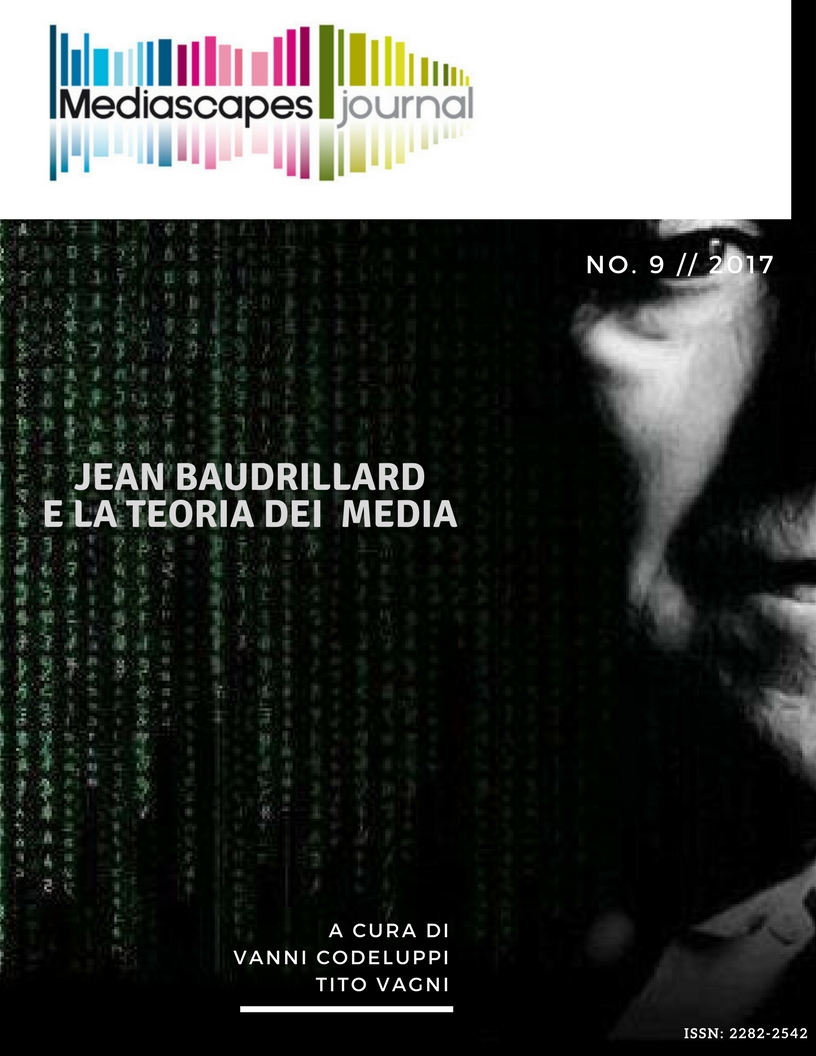Food (is not) porn. Le immagini del cibo e l’orizzonte della scomparsa
Keywords:
food porn, food media, obscene, transparency, visual cultureAbstract
Starting from the analysis of the uninterrupted display of dishes and foods, defined by newspapers and scientific research with the word “food porn”, this paper proposes a reflection on the status of the contemporary image and its consumption. The article focuses on two different reflective lines of media images, one linked to Jean Baudrillard (1977) and the other to Susan Sontag (1977). The main objective is to verify the effectiveness of the Baudrillardian idea of proximity as a form of integral transparency, which is the basis of its definition of obscene. This paper argues that visual technology, especially photography and television, introduces a new way of seeing, extending their focus focused on the faculties of modern man. This mechanism does not produce full transparency, on the contrary it can favour a shrinking world and the disappearance of everything that is not within the scope of the lens. Therefore, this essays proposes the use of the concept of “food media” (Rousseau 2012) because it is able to take a more appropriately account of the food mediatisation process.
Downloads
Published
How to Cite
Issue
Section
License
Mediascapes Journal is published under a Creative Commons Attribution Licence 4.0.
With the licence CC-BY, authors retain the copyright, allowing anyone to download, reuse, re-print, modify, distribute and/or copy their contribution. The work must be properly attributed to its author. It should be also mentioned that the work has been first published by the journal Anuac.
Having published these contributions for the first time, Mediascapes Journal will have the right to publish them integrally or partially as reprints or possibly as part of a thematic issue, in both digital and printed format.
It is not necessary to ask further permissions both to author or the journal.


